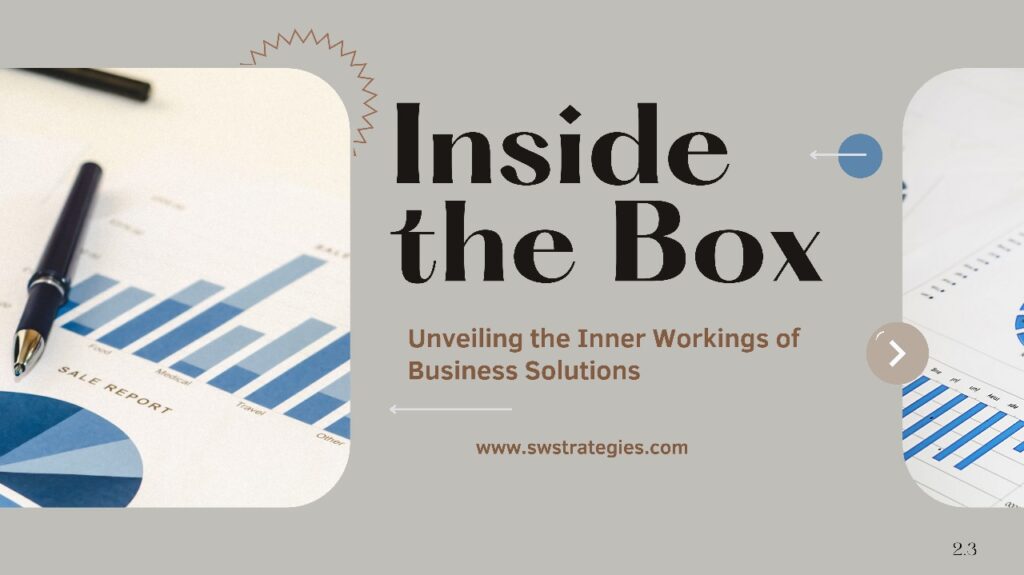Previously, we looked at the first 3 steps in deconstruction. Now, the final step.
Consider Other System Parameters:
Once the components, associated risks, and required skills are identified, it’s time to consider other system parameters for scalability and long-term success.
Evaluate Actor Group Growth:
Determine the expected number of actors in each group for the first year and five years. Also, assess the number of concurrent actors expected in each group. Understanding the growth patterns helps in designing a scalable system.
Analyze Interaction Levels:
Evaluate the level of interaction expected from each actor group. This analysis assists in designing efficient workflows and optimizing system performance.
Address Data Storage Requirements:
Consider the amount of data that needs to be stored to support all the actors. Determine the appropriate storage mechanisms and capacities required to handle the data effectively.
Ensure Compliance Adherence:
Assess the compliance and regulatory requirements specific to the enterprise application. Ensure that the system is designed to adhere to the necessary standards and regulations.
By applying these considerations to the component model, you can ensure that the enterprise application is designed to scale appropriately and meet the needs of the business problem.
Conclusion:
Deconstructing a business problem is an essential step in developing successful enterprise applications. By following a systematic approach to break down the problem into actionable requirements, developers and stakeholders can gain clarity, identify risks, protect intellectual property, and estimate effort levels accurately. Remember, the science of deconstruction enables effective problem-solving and lays the foundation for building robust and scalable enterprise applications.



